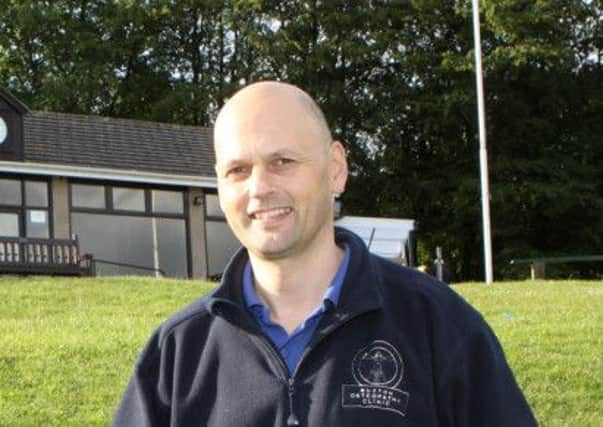GET ACTIVE COLUMN: Don’t shoulder the blame for niggling pains


Rotator cuff tears in the shoulder are a common issue in any sports that involve throwing, pushing, pulling or lifting.
The humerus (upper arm bone) has a rounded head that forms a ball and socket joint with the scapula (or shoulder blade).
Advertisement
Hide AdAdvertisement
Hide AdAn analogy would be like a golf ball sitting on a shallow tee, this allows great natural movement with the trade-off being instability.
This rotator cuff solves this dilemma as it makes a network of four muscles whose tendons coalesce to cover the head of the humerus therefore serving to ‘strap the golf ball on the tee’.
The rotator cuff muscles consist of the supraspinatous (runs across the top of the head of the humerus) and the subscapularis (runs across the front) and the infrapsinatous and teres minor muscles (run across the back).
These muscles are also very important in rotating or lifting your arm.
Advertisement
Hide AdAdvertisement
Hide AdProblems start when one or more of these tendons (most often the supraspinatous) are damaged or torn completely (full thickness tear) and no longer attach to the head of the humerus.
Typical symptoms are an acute onset of pain particularly on any movement of the shoulder (especially overhead movements).
Treatment involves analgesia and ant-inflammatory medications (under advise from your GP), physical therapy and rehabilitation in order to maintain strength and flexibility and rest.
Cortisone injections can help reduce pain and inflammation.
If the shoulder does not improve and there is a larger or complete tear, surgery may be the best option.